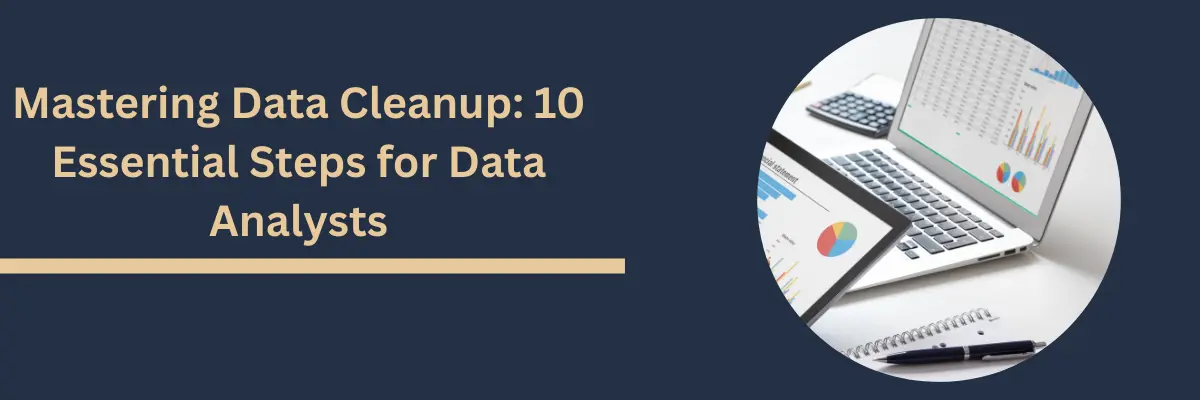Data in business is becoming critical, and often, it is becoming a competitive advantage. Let us take the example of Marketing – it has evolved from its traditional form into digital marketing covering the world of social media, video, mobile and many more forms of digital technologies that are evolving such as wearable devices being the next frontier.
The pressure on the marketing departments and the marketing heads has always been the proper justification of spend with the highest return of investment that can be obtained. This equation has become more complex as the marketing spend now gets divided into all the platforms, channels, and mediums that are available both in the offline and online world. The online world providing richer, engaging platforms and being data rich. They are becoming the first and most likely the primary focus of any marketing department.
With this new world, it is very important that data is leveraged to help streamline efforts. Justify spend with measurable, meaningful and effective metrics which provide greater insights from the digital marketing platforms.
Some key questions that should be asked from the data are:
- What is the Importance of this data – what to collect and where it comes from?
- What parts from both online and offline marketing data should we integrate?
- How can we demystify technical jargon surrounding web, mobile, social data?
- How to connect it to the business goals?
- Is the data allowing us to create meaningful segmentation?
- What analytics techniques to apply to measure, monitor and evaluate marketing data?
- How to use segmentation to derive customer insights to execute better effective campaigns?
Having data is the first step in the race and asking the correct questions from it is the feat.
Consequently, executing the first step of building data becomes the critical path. Let me elaborate on some fundamental questions that come up while planning for this. These practical questions have come up to me across different engagements that I have worked upon, so they are not an exhaustive list of all scenarios, these are more reflective of the key challenges that I have seen more often.
What is the first party data we have?
Frist party data is often defined as the data you directly have on your own customers. These are captured in your systems – CRM, Point of Sales, Apps, Websites etc where in you capture the customer information along with the product or service transaction details. This data is usually siloed in big enterprises, and on the other end of the spectrum in small and medium enterprises it may not be well collected at all. There in lies the first challenge of the quality, availability, and reliability of your first party customer data.
For your marketing to get effective, this data is key as this rich internal data if well captured and analysed, it can give many insights on customer segments your business has, the customer transaction behaviours and many other dimensions which can further help you define the target audience in the wider universe outside.
What is the secondary data we can obtain?
Secondary data as it is popularly defined is collected and obtained from an external entity and not primarily collected by the enterprise itself. It is a data source that an enterprise engages with in a context of market research, or sampling segments and other scenarios and is usually also constitutes public information collected by someone else earlier. It can be inexpensive, free, or commercially prohibitive to obtain depending upon the nature of data. It can also not have a direct correlation to your problem, or it could be very messy in nature.
For your marketing to get effective, the secondary data that needs to be picked up must be clearly linked to your customer audience or target segment. The different social platforms and data sources on the web today, provide a plethora of data and getting lost in it or going with the point of view that let us capture all of it are two roadblocks a team needs to overcome.
How to create the relationship between the data?
Now, that we have a broad understanding of the first party data and the secondary data needed in marketing, I usually adopt the practical approach of clearly understanding the first party data to build certain customer segments, remember these are people who have come and transacted with you or are continuing to be your loyal customers. This activity gives the indicators for the secondary data we may have to obtain to reach out to a wider audience in the customer segments the business has.
A red flag to this activity is this that the first party data itself doesn’t have rich customer demographics, because the business never captured it. It is never late to start, but it is the priority number one task that needs to be addressed. In today’s digital world, where in everyone is connected to the internet, building a direct channel of connect with your customers is becoming imperative, and these channels owned by you not only make your first party data of higher quality but reliable too.
How to build a data model to be able to derive insights?
If the clarity around the first-party data and the needed secondary data gets established, this question becomes more of a tool to leverage. Many options are available in the market, and many platforms have also come up which provide the capability of importing disparate data, doing data transformations and modelling. In my experience, I have leveraged Microsoft Power Bi greatly, the self-service mode that It enables will empower the end business user in your marketing, sales, and related teams.
Creating the data model by relating on the correct parameters, building data visualizations, and dashboards that can focus on data segments, trends, and patterns in the data is now more of a technical steps execution rather than discovering the direction to take at this stage. Asking the correct questions from it is the feat.







